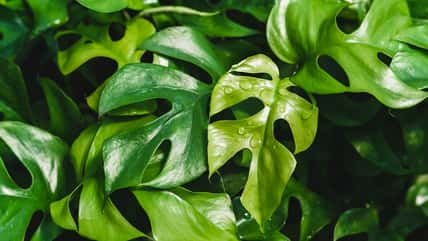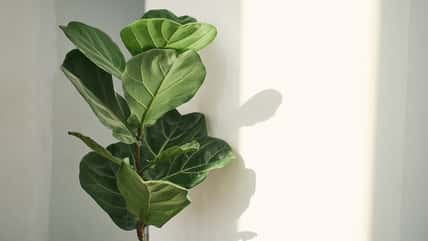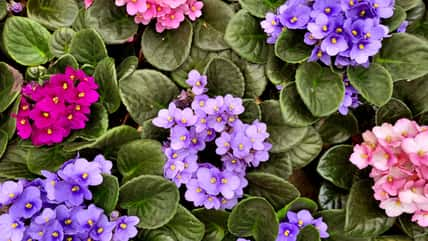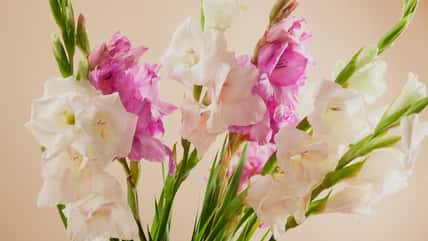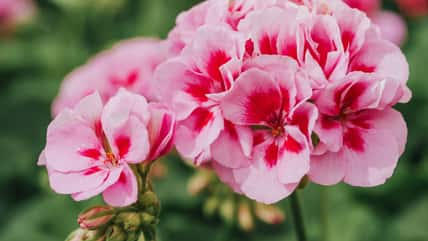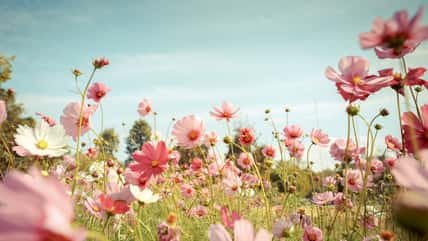Here Are The Top Five Worst Companion Plant Pairings, As Well As How These Duos Can Spell Disaster For Your Garden

When it comes to vegetable gardening, pairing the right plants together can be like hosting a dinner party. You obviously want to invite guests who get along well, enhance each other’s best qualities, and help the evening go smoothly.
This harmonious mingling is also the essence of companion planting, a method used to enhance the growth, health, and productivity of crops. But, just as certain guests might clash, so can certain plants when placed side by side in your garden.
So, here are some of the most common vegetable companion planting mistakes, as well as why these pairings could spell disaster for your garden.
The Benefits Of Companion Planting
Companion planting is an age-old practice that pairs different crops together for mutual benefits.
The advantages range from pest control – as some plants repel bugs that would otherwise attack neighboring crops – to improved pollination and the efficient use of space.
So, when done correctly, companion planting can lead to a much healthier and more bountiful garden.
When Companion Planting Goes Wrong
However, not all plants play nice together, and pairing the wrong crops can lead to numerous downsides. This can include competition for resources, attracting pests, or the spreading of disease, which effectively undoes all the benefits of companion planting.

sepy – stock.adobe.com – illustrative purposes only, not the actual person
Let’s take a closer look at some notably poor crop pairings and better understand why they’re detrimental to your garden.
Tomatoes & Potatoes
Although they’re relatives in the nightshade family, tomatoes and potatoes are still a bad match for companion planting.
Both of these plants are susceptible to the same diseases, which can rapidly transfer from one crop to the other, devastating both.
Additionally, they compete for similar nutrients, which can stunt growth and reduce yield.
Strawberries & Brassicas
Strawberries paired with brassicas – like broccoli, cabbage, and kale – are another duo to avoid.
This is because strawberries tend to attract slugs, which can also turn their attention to the brassicas, munching through leaves and potentially ruining the crop.
Moreover, brassicas can overshadow smaller strawberry plants, limiting their sunlight exposure and growth.
Potatoes & Zucchini
Potatoes and zucchini should not be planted together, either, since they compete aggressively for both space and nutrients.
Zucchini plants, being particularly expansive and fast-growing, can easily overshadow emerging potato plants, inhibiting their growth. So, this competition can stress both plants, making them more susceptible to diseases and reducing yields.
Tomatoes & Corn
Now, tomatoes and corn are a poor match for a few reasons. First, they are both heavy feeders, meaning they deplete the soil’s nutrients much faster when grown together.
Second, they also attract the same pest – the corn earworm, also known as the tomato fruitworm. This can cause widespread damage to both crops.
Dill & Carrots
Last but not least, while dill can enhance the growth of many garden vegetables, it should still be kept away from carrots.
Dill and carrots are both members of the Apiaceae family, and planting them together can lead to cross-pollination issues.
Furthermore, dill actually attracts carrot flies, which can decimate carrot crops. So, the proximity of dill may encourage these pests to visit and damage nearby carrots.
Sign up for Chip Chick’s newsletter and get stories like this delivered to your inbox.
More About:Gardening
